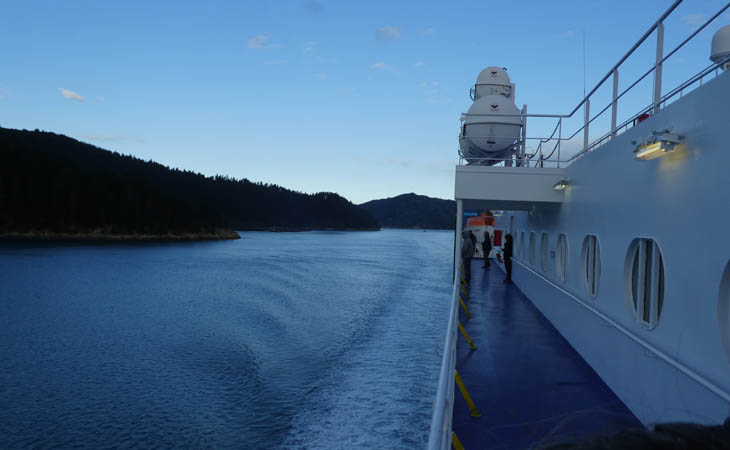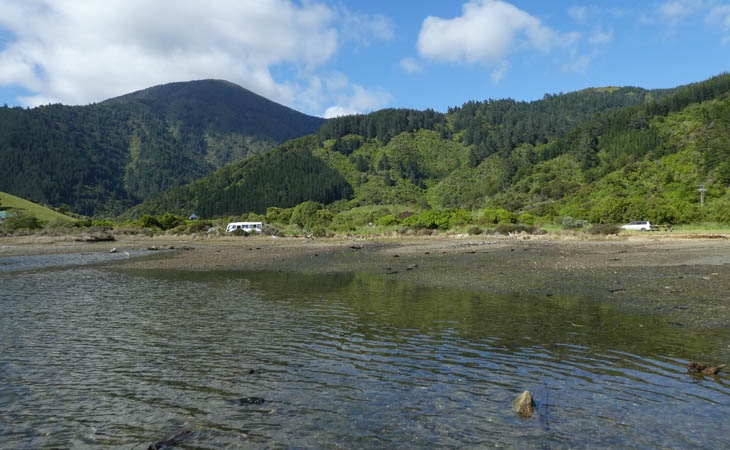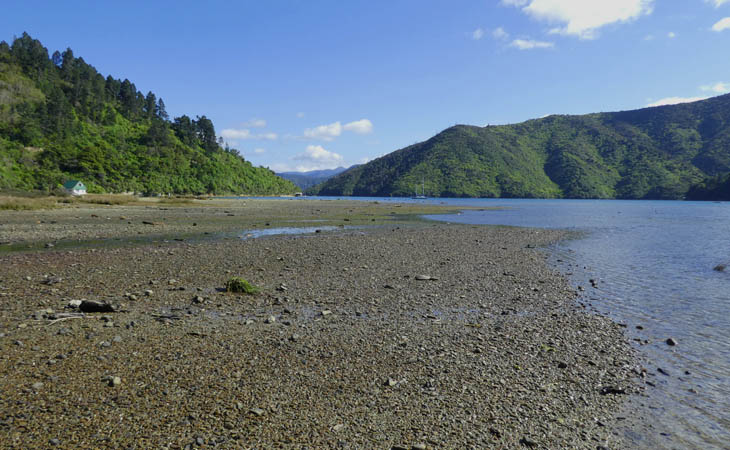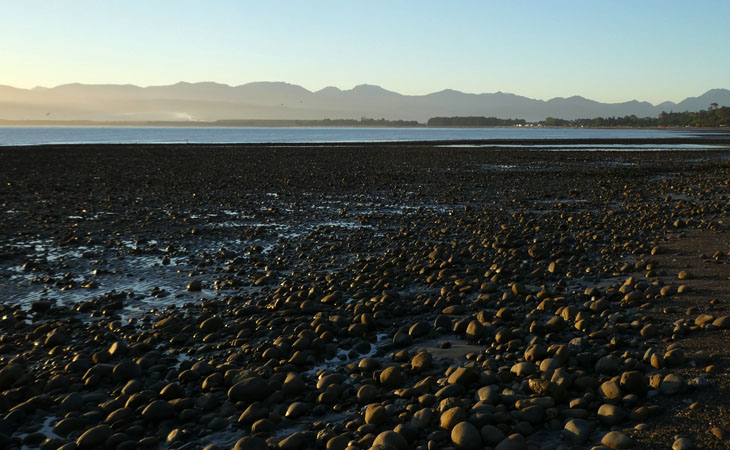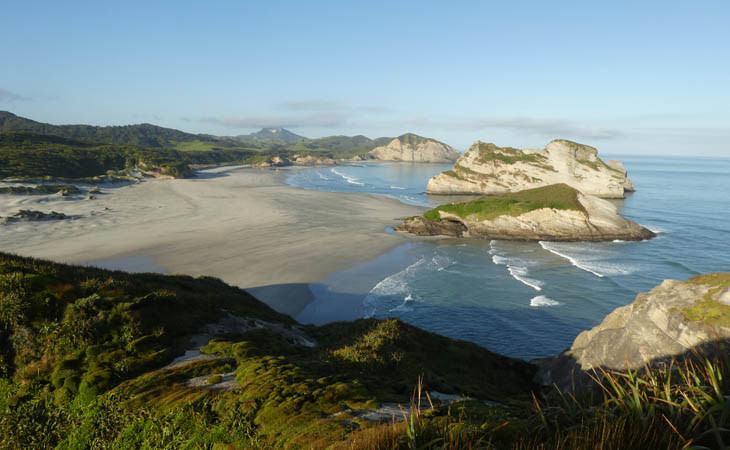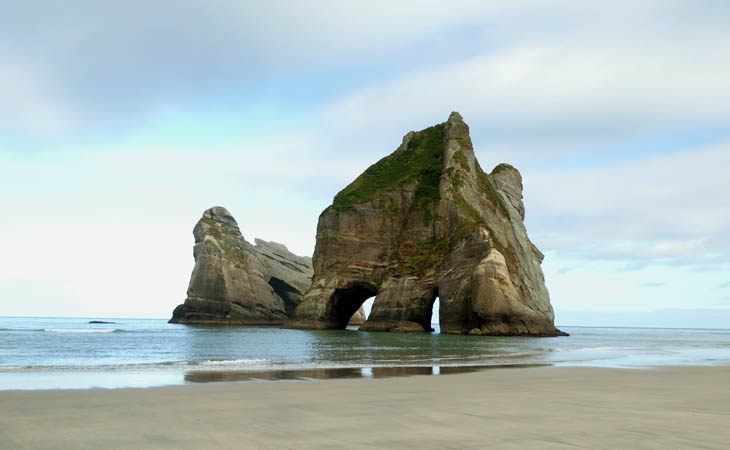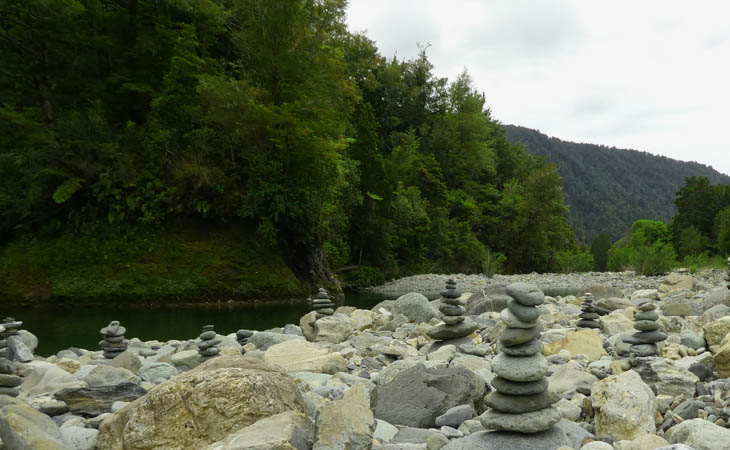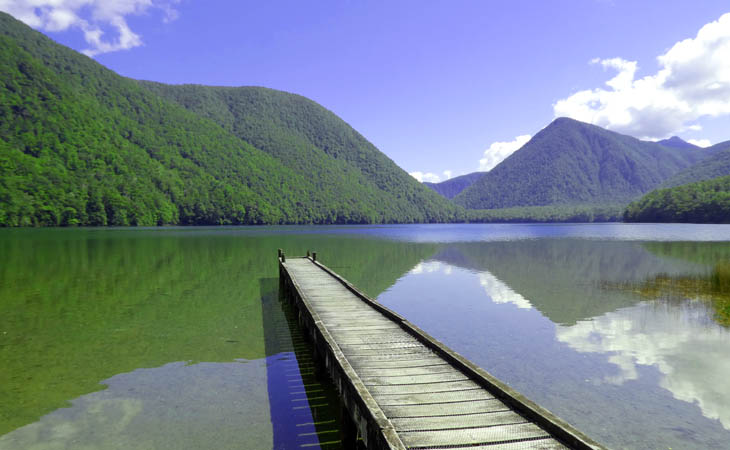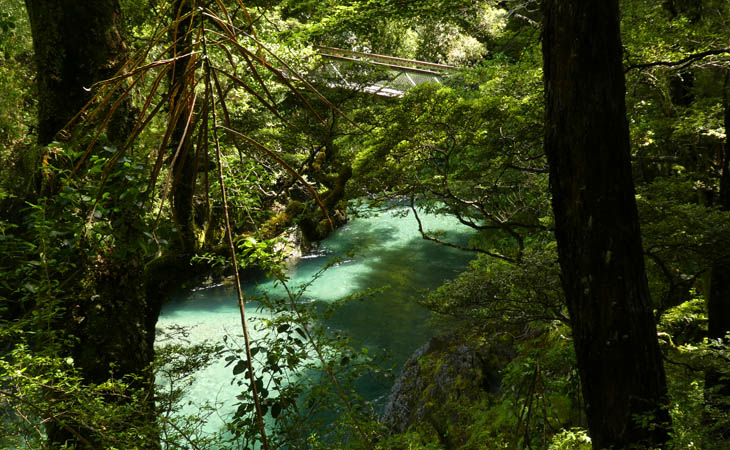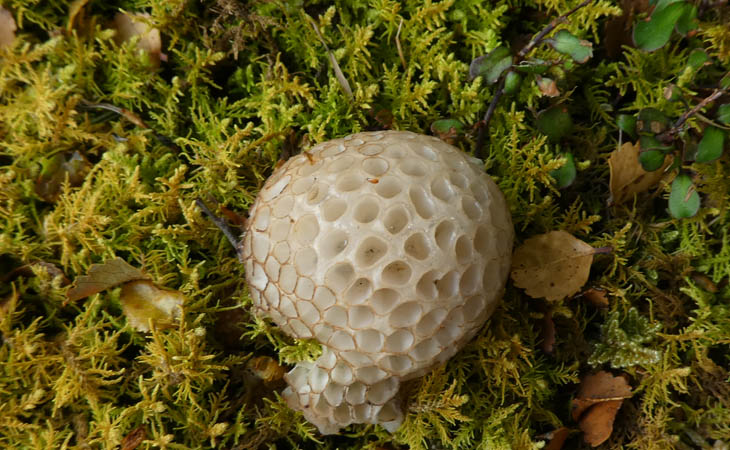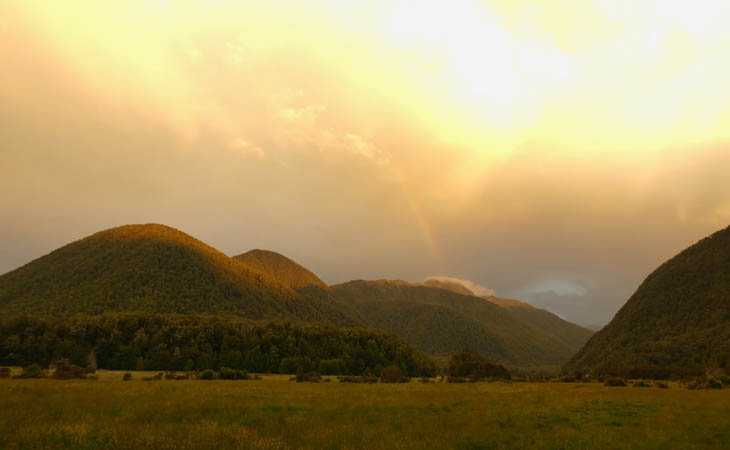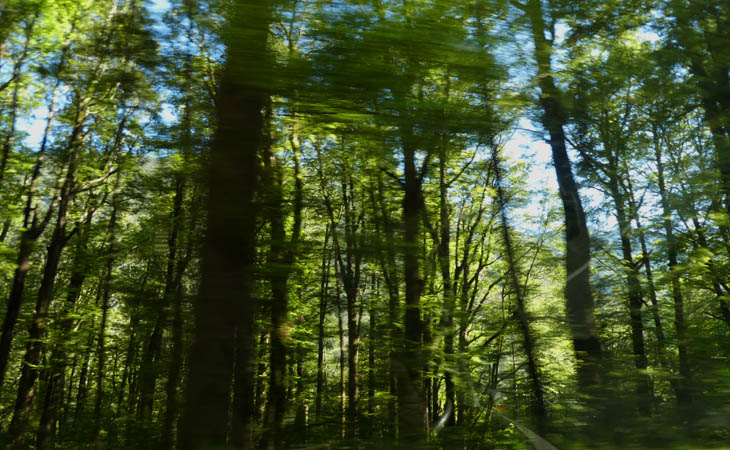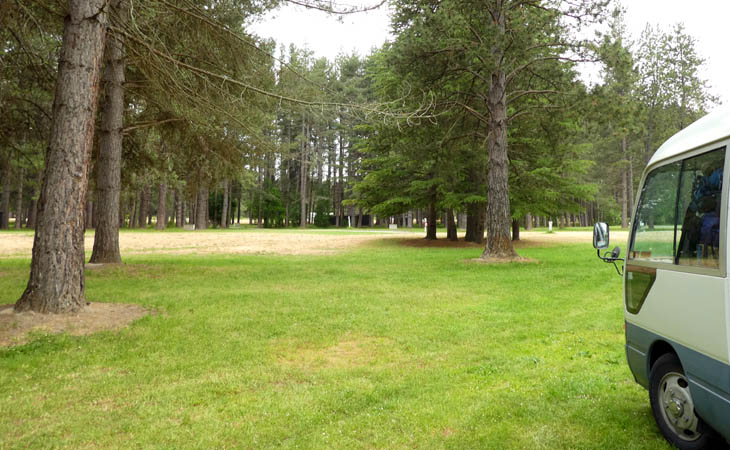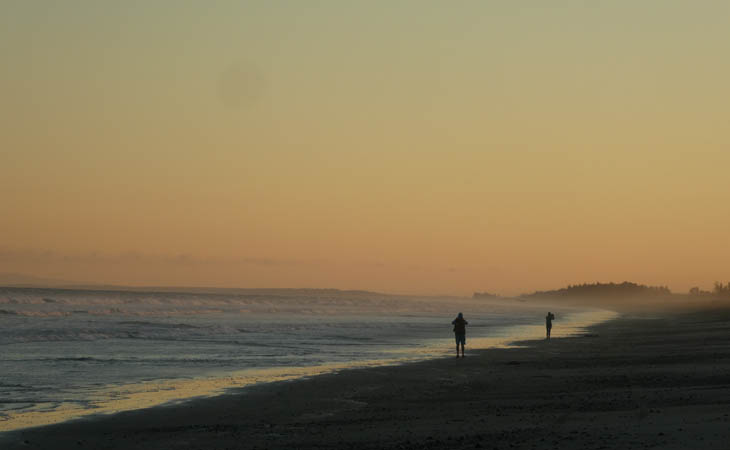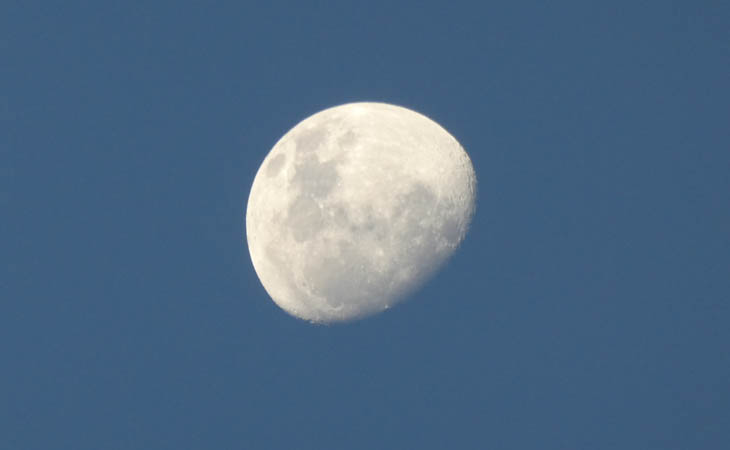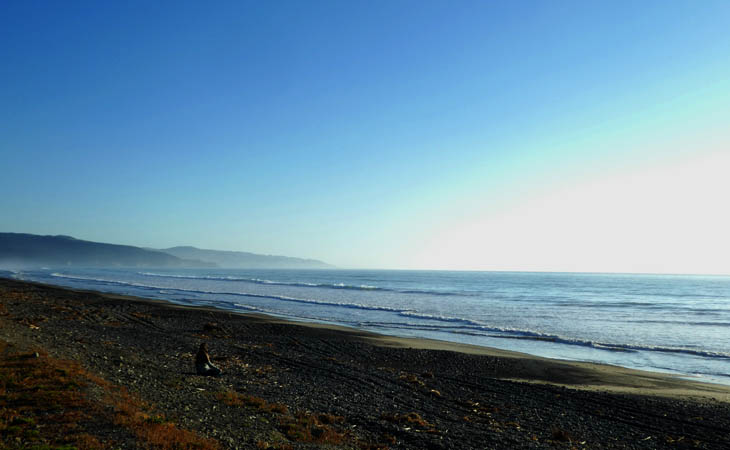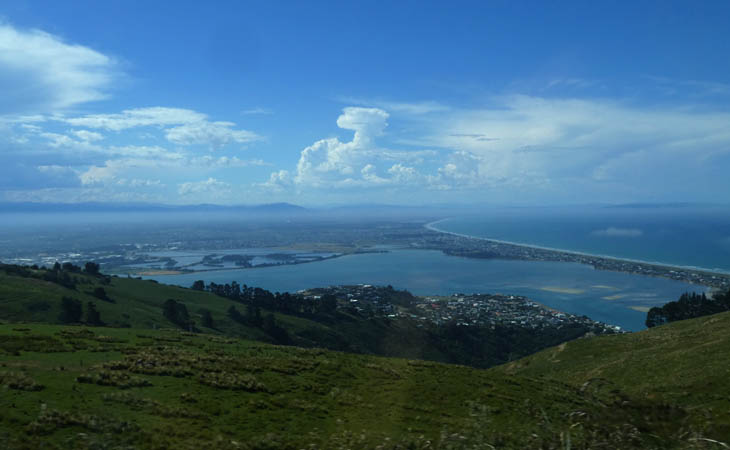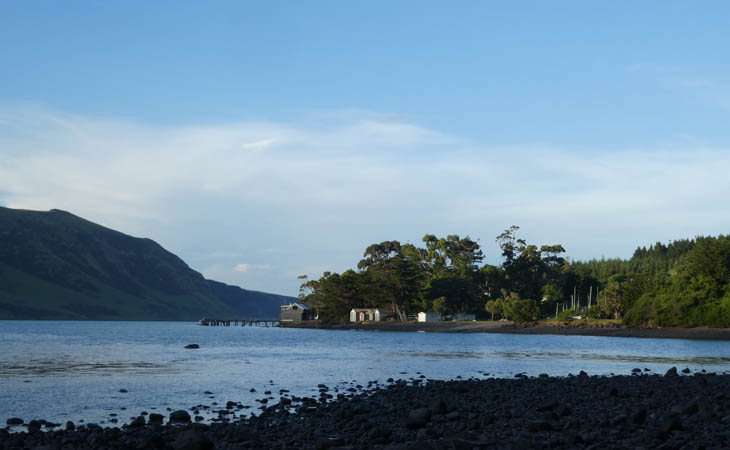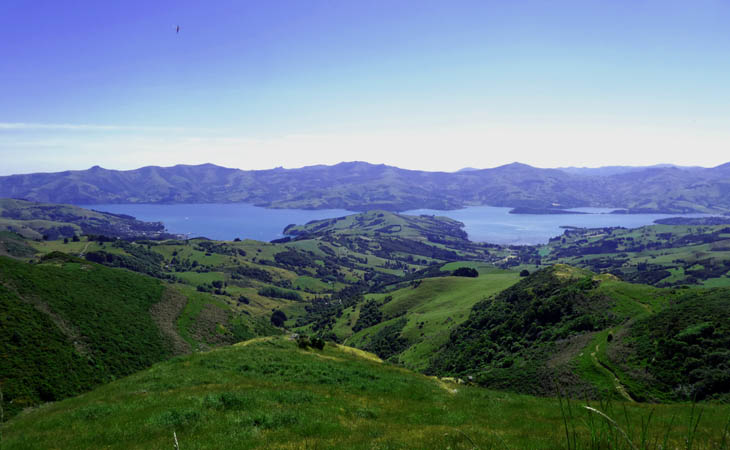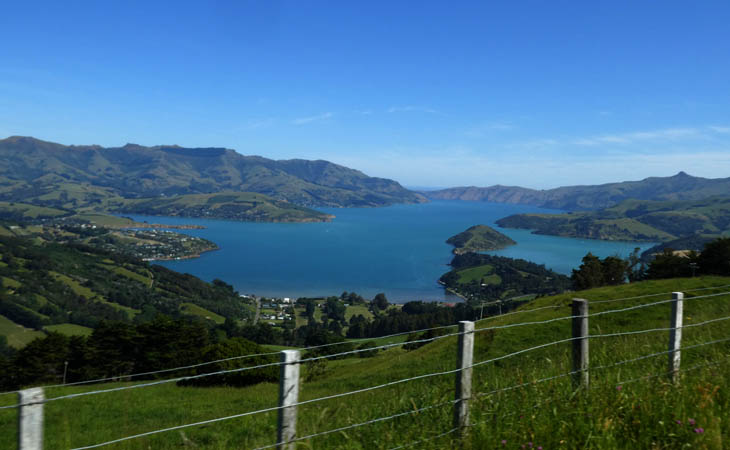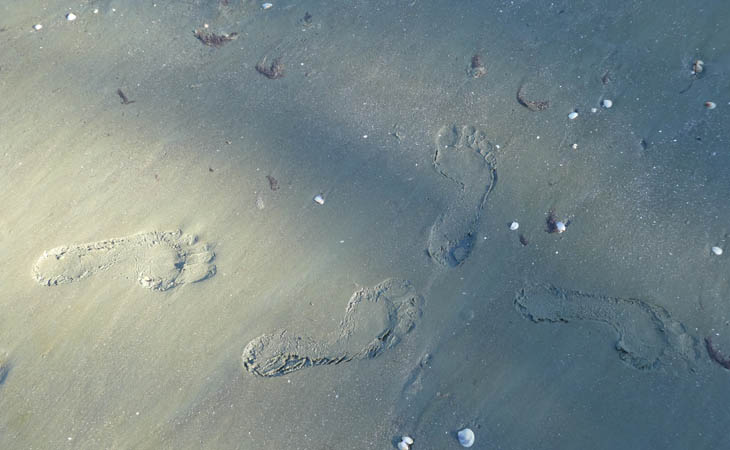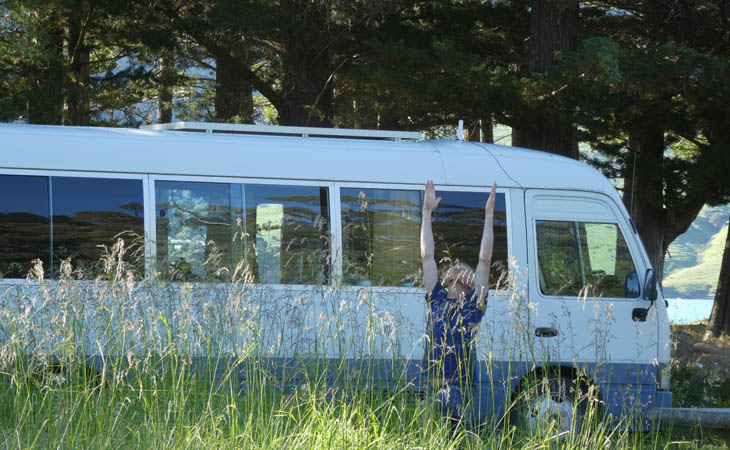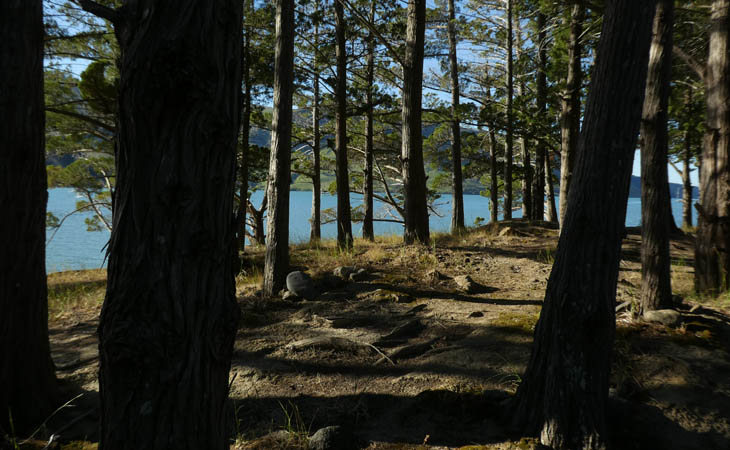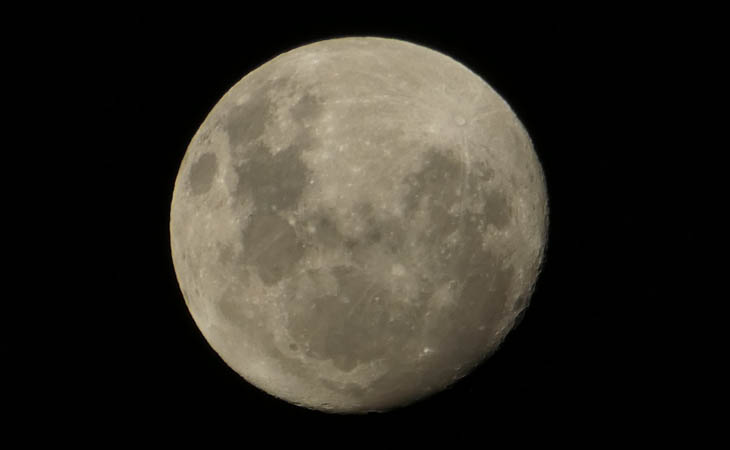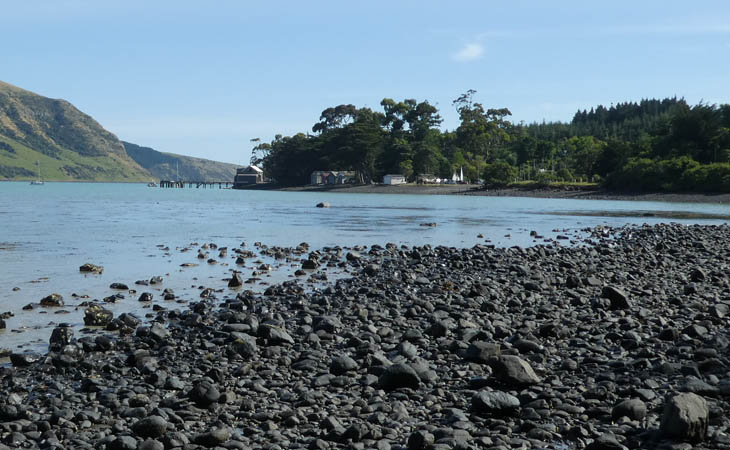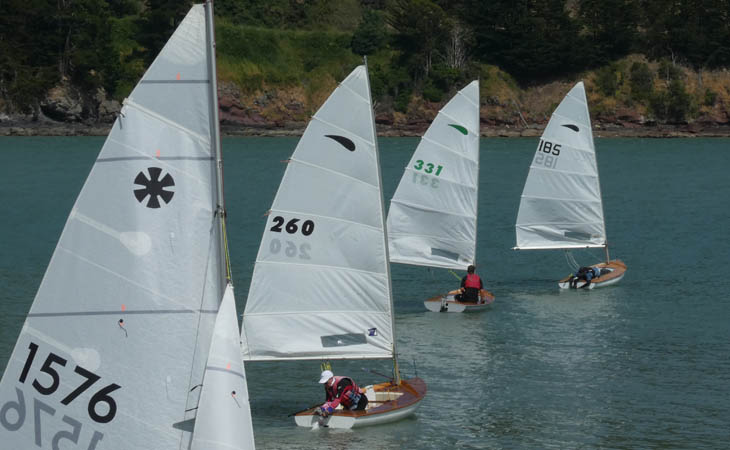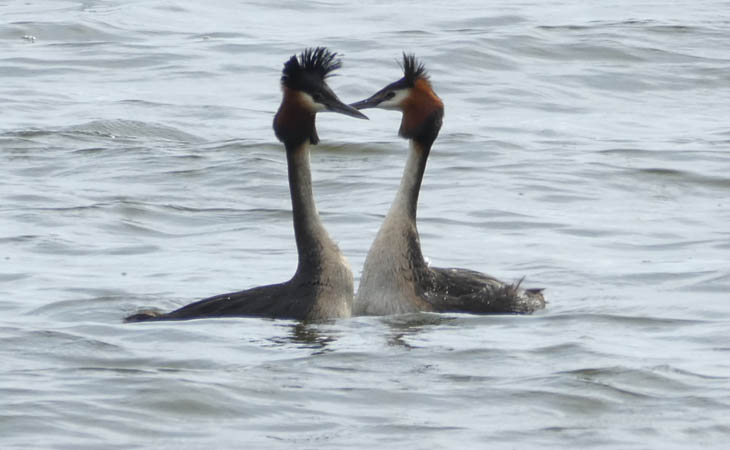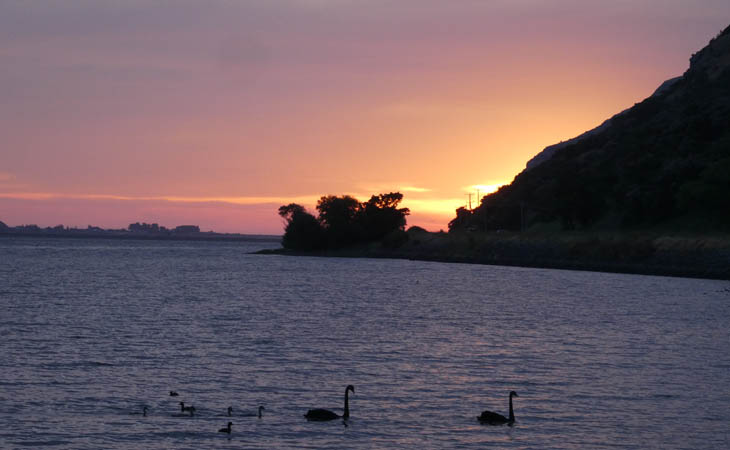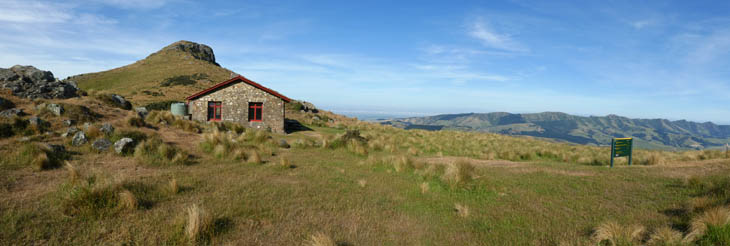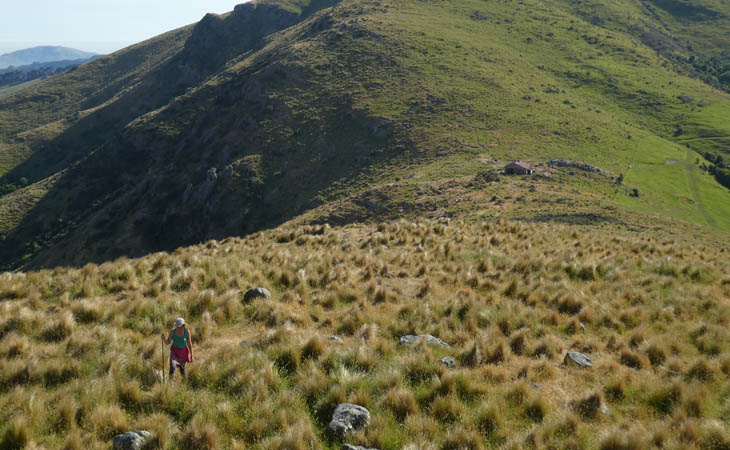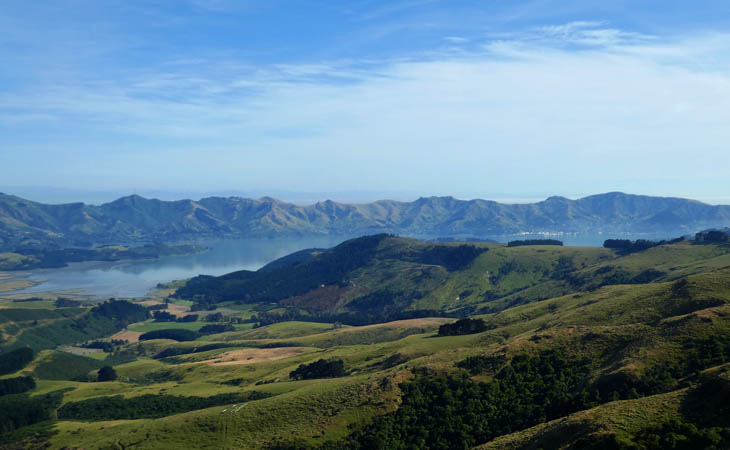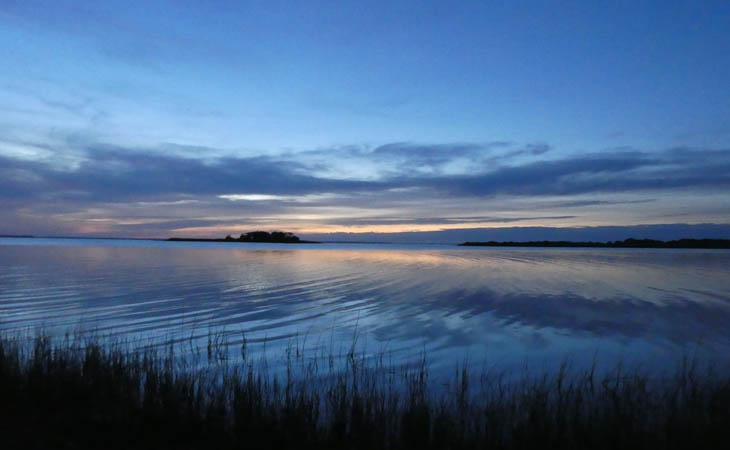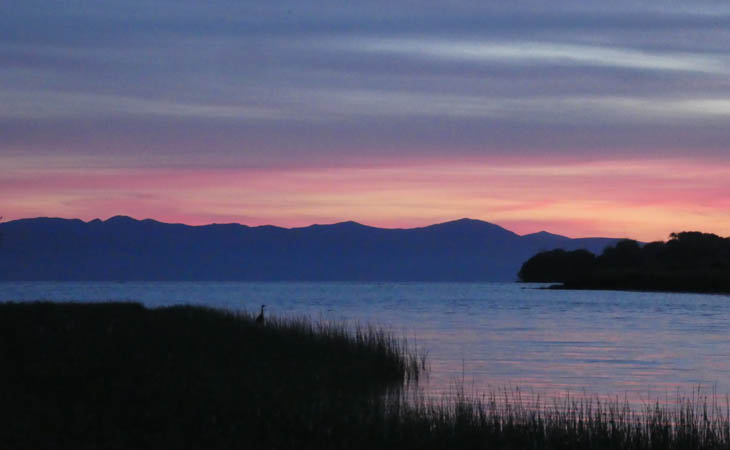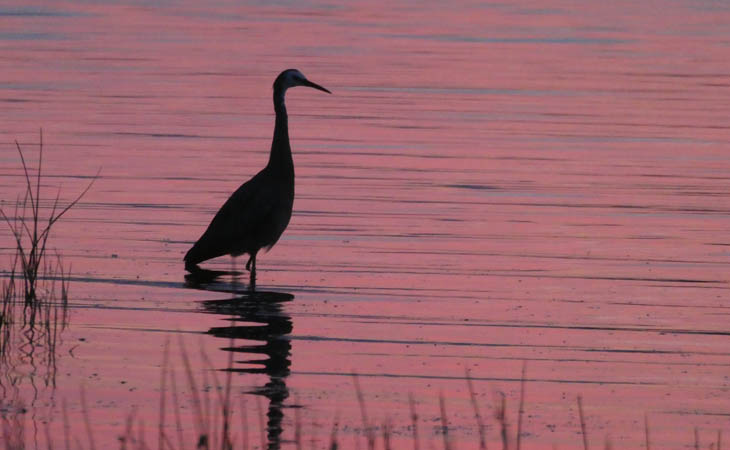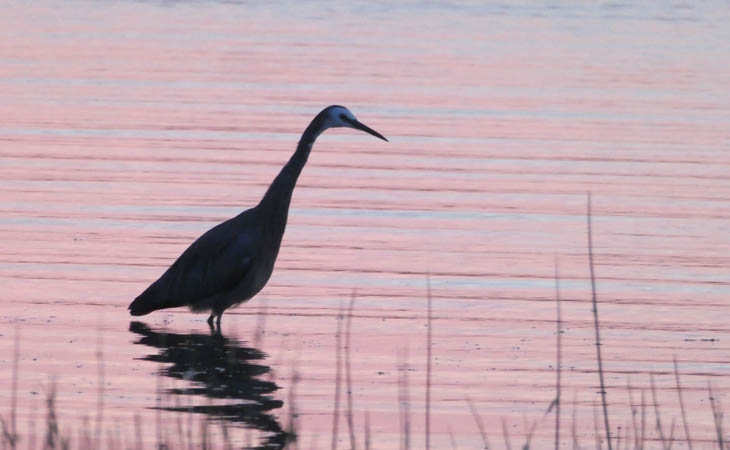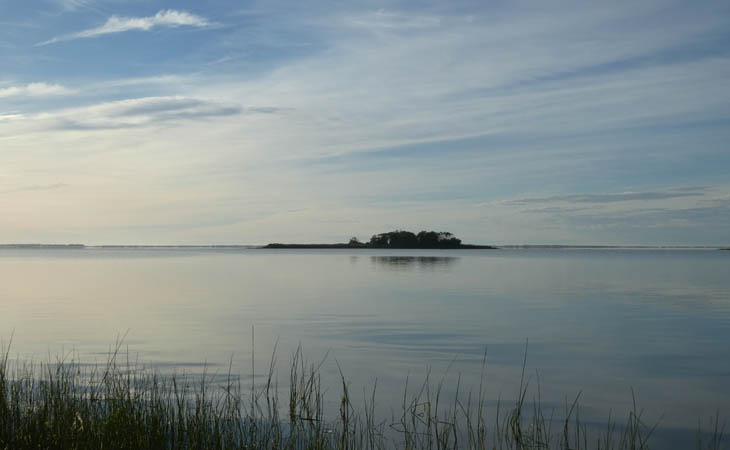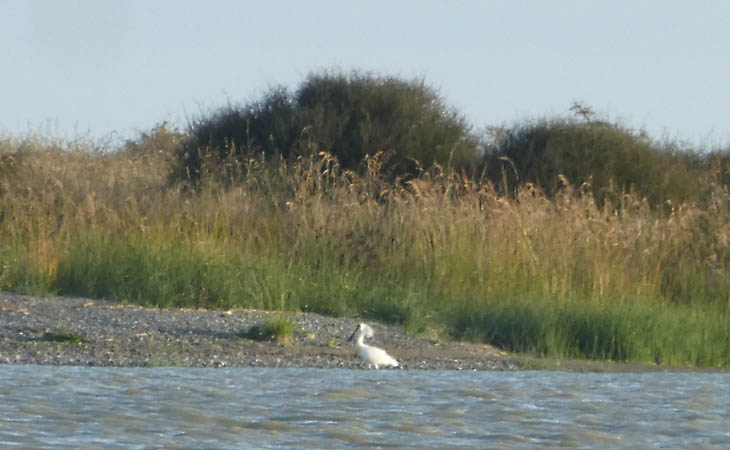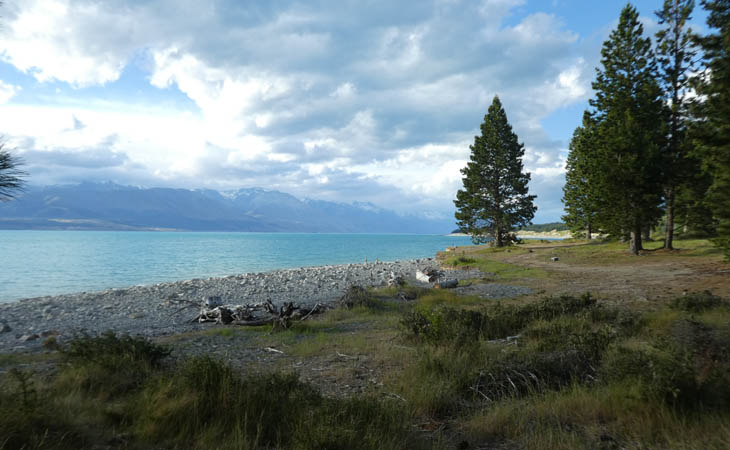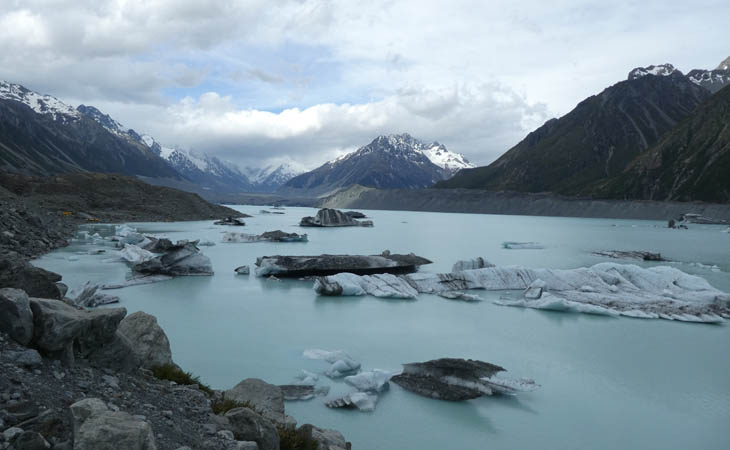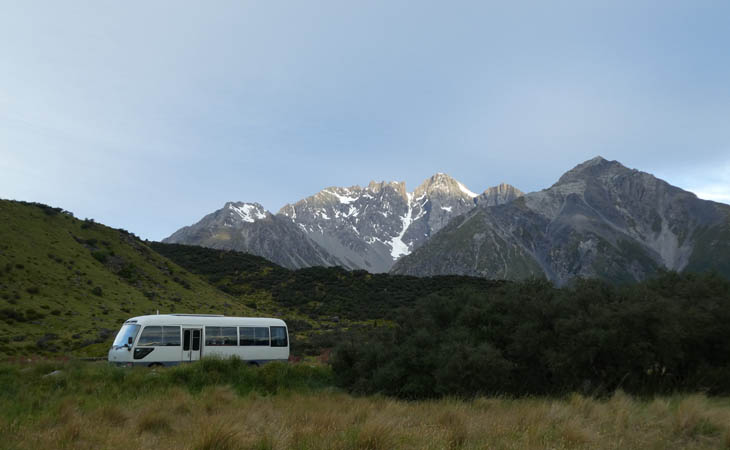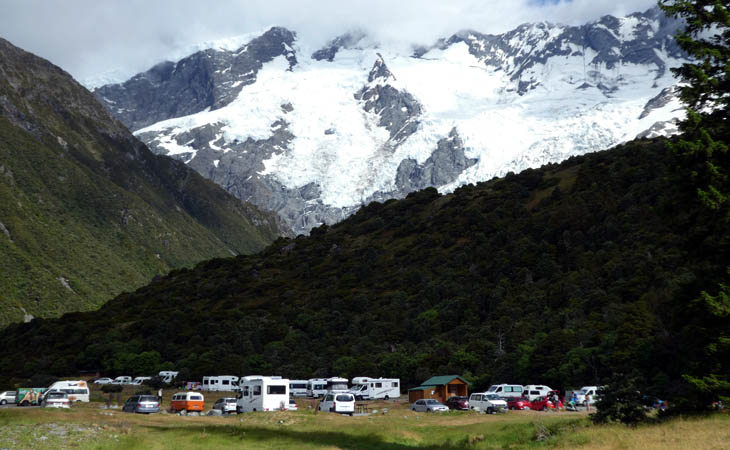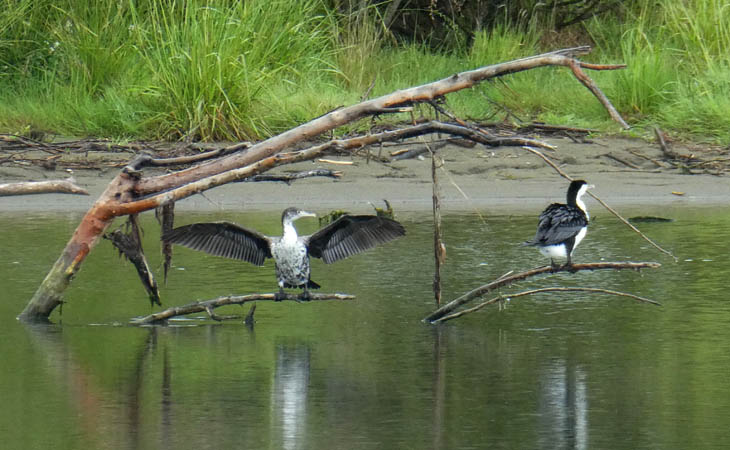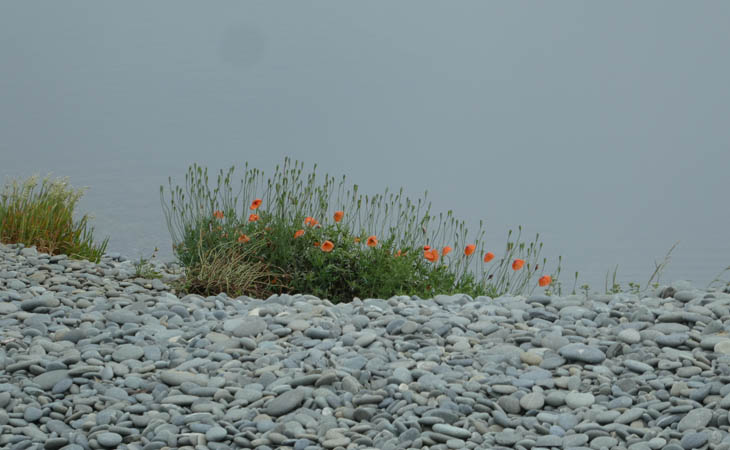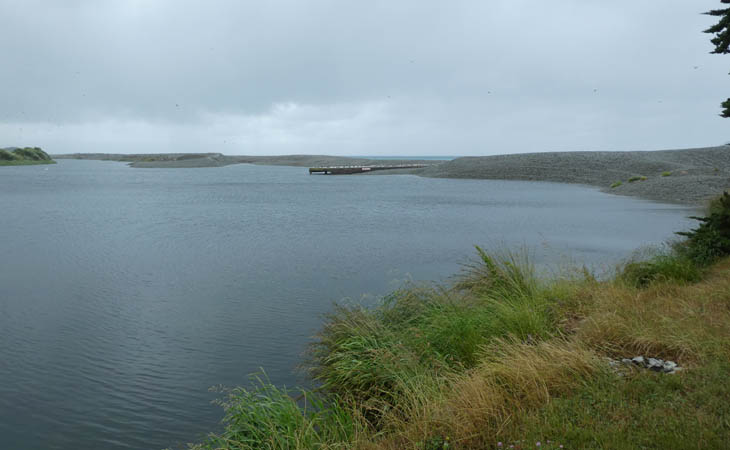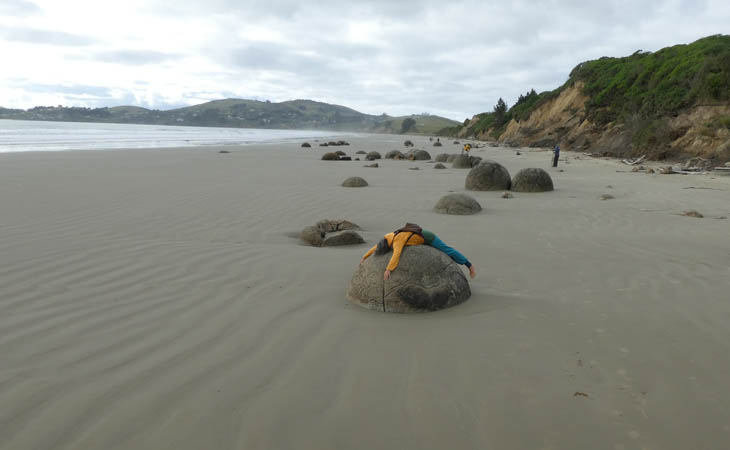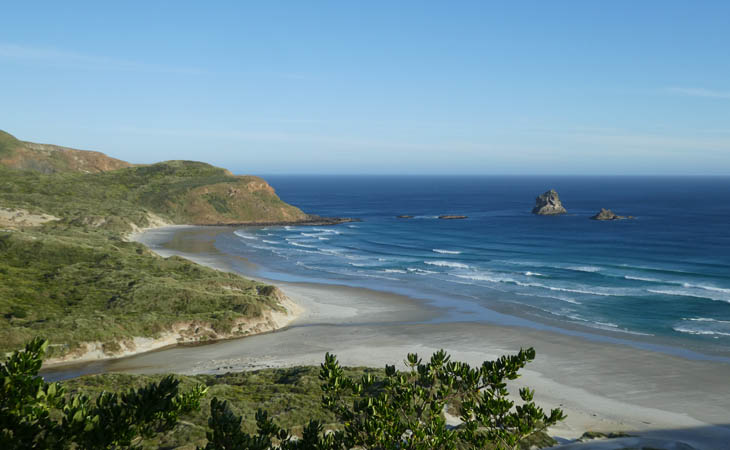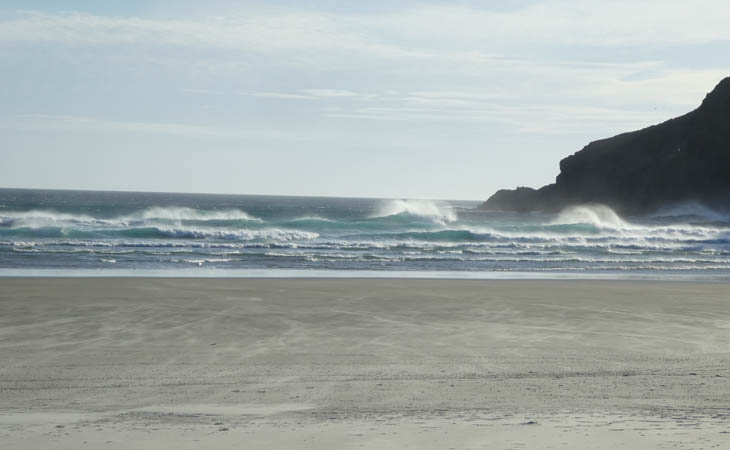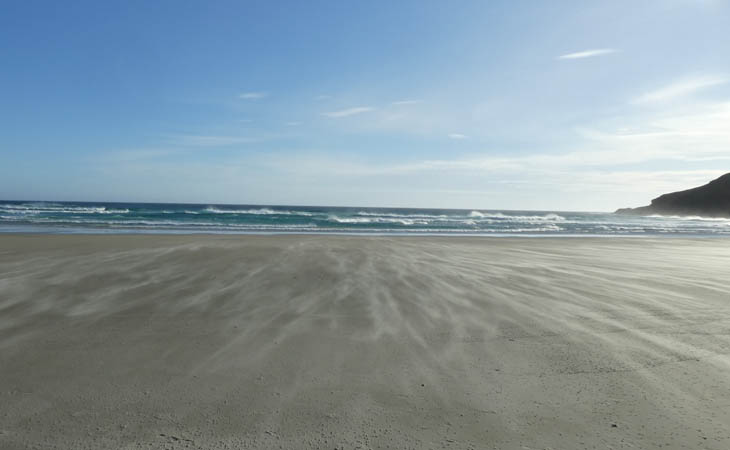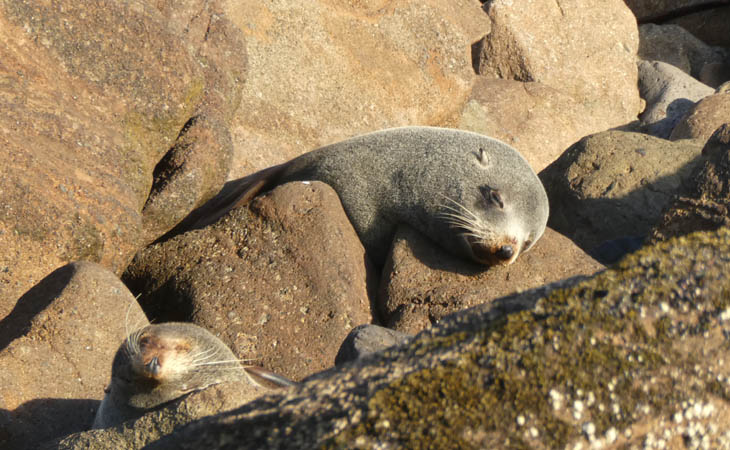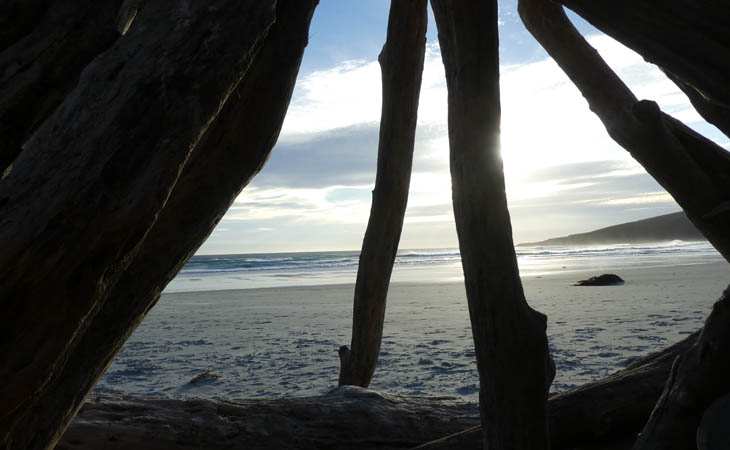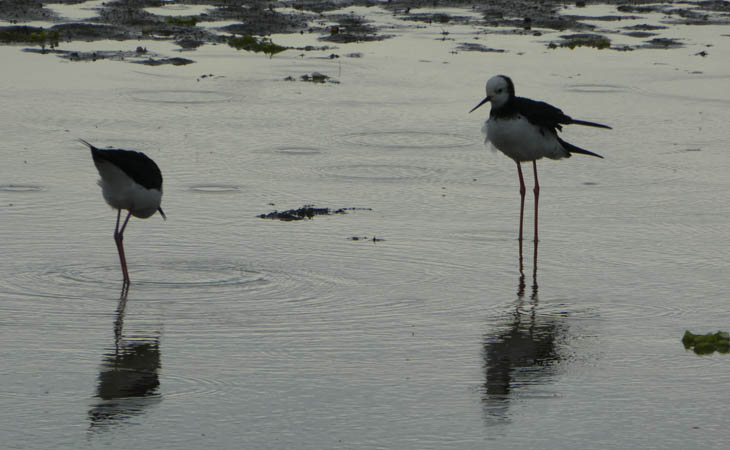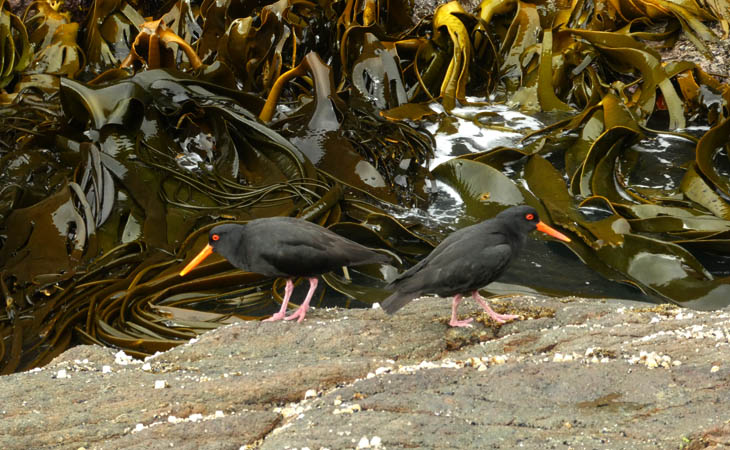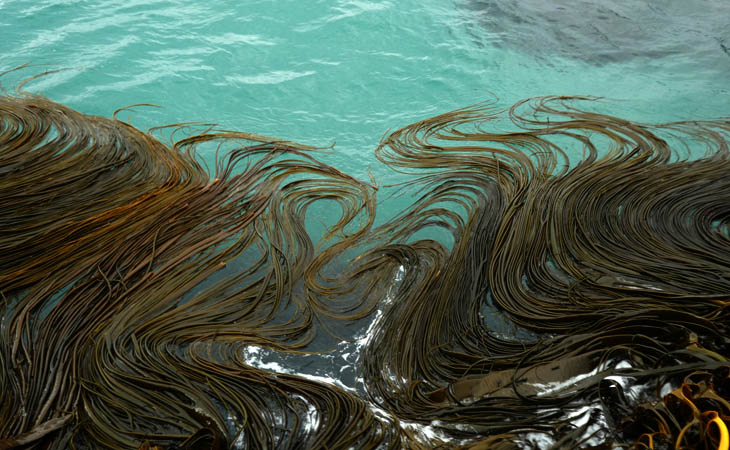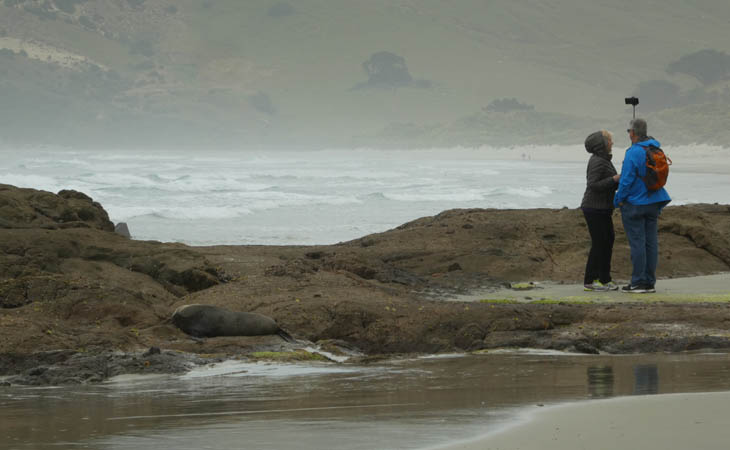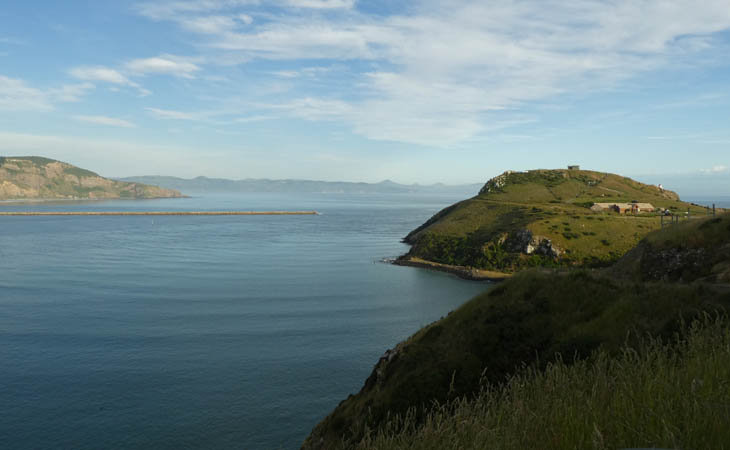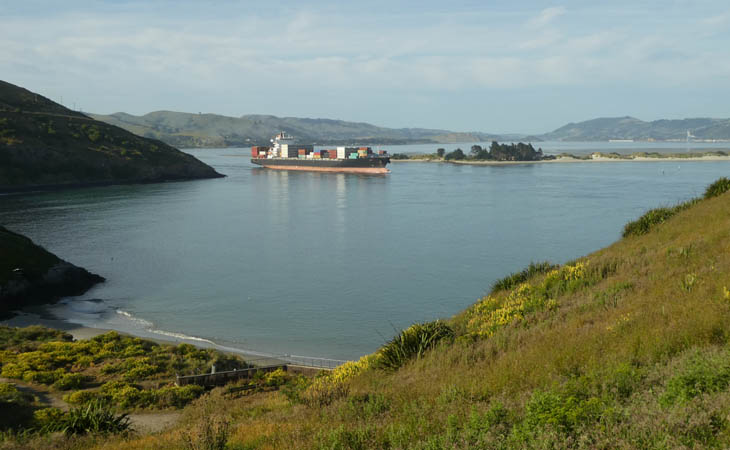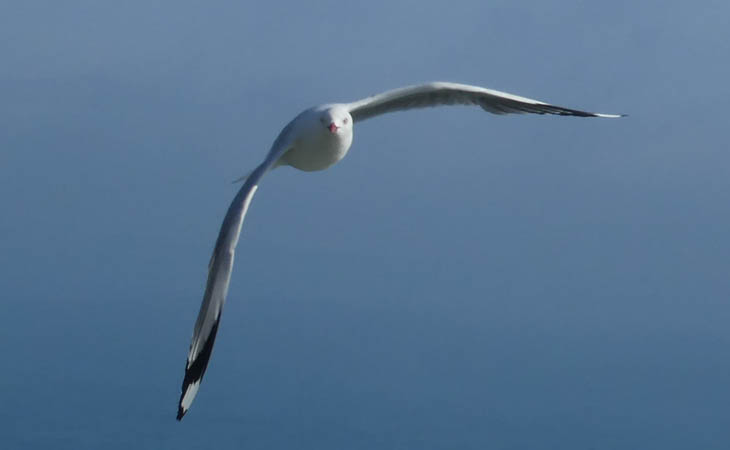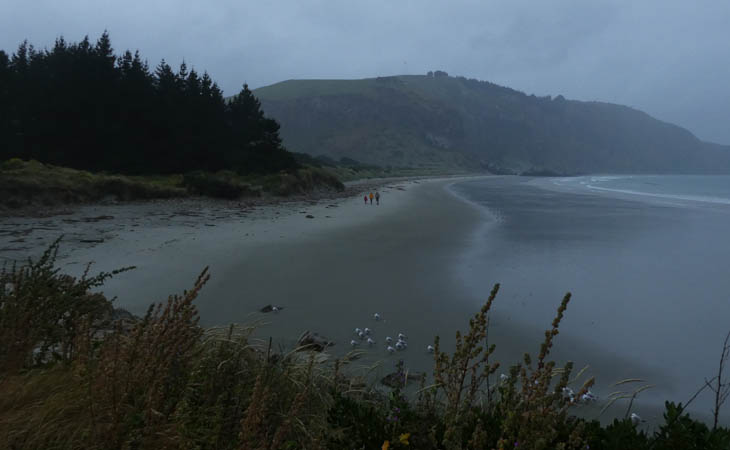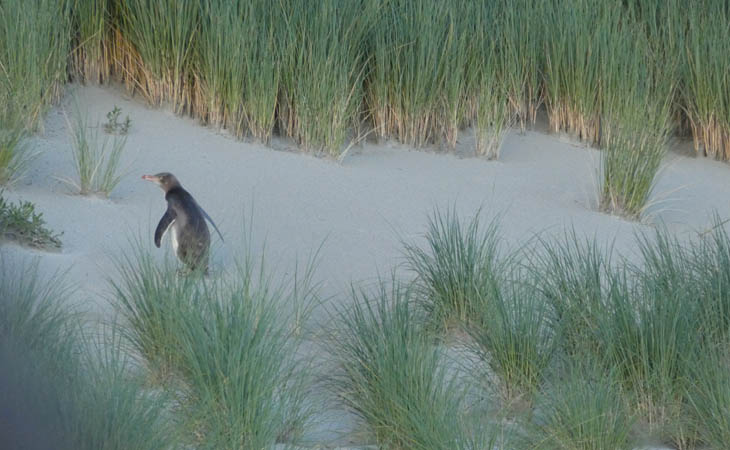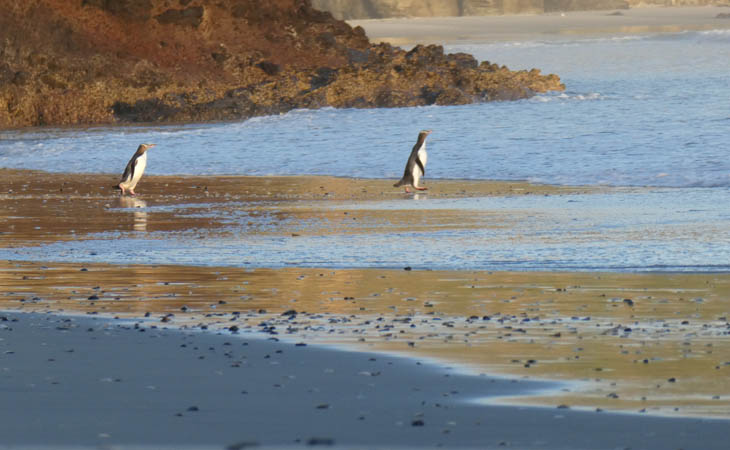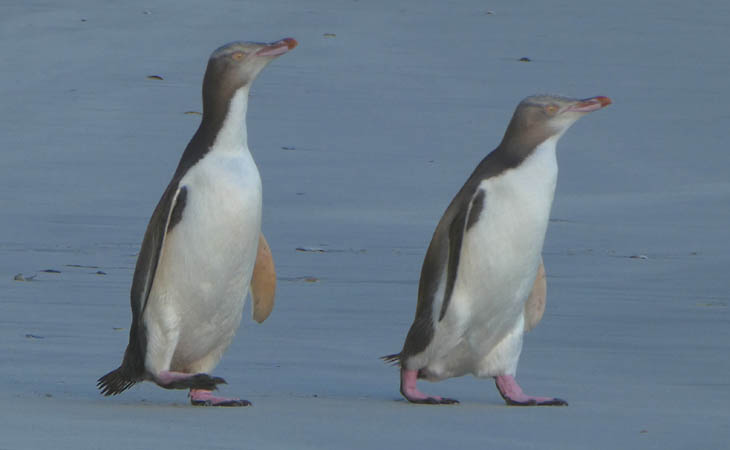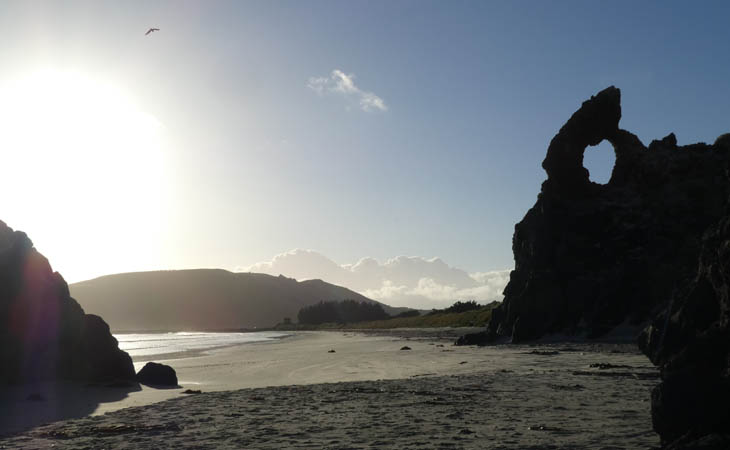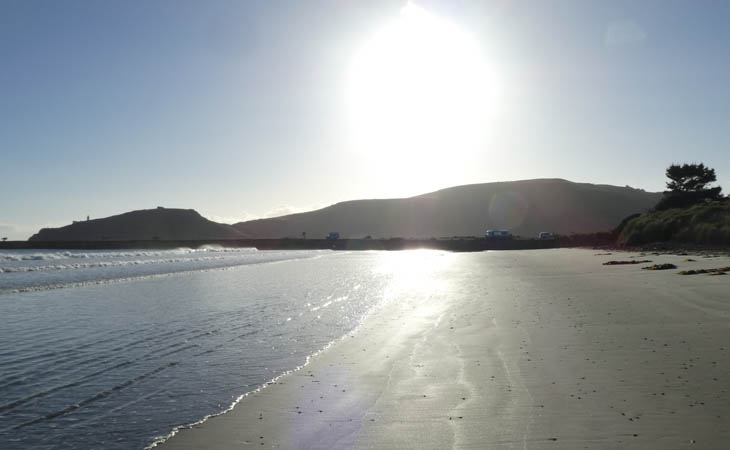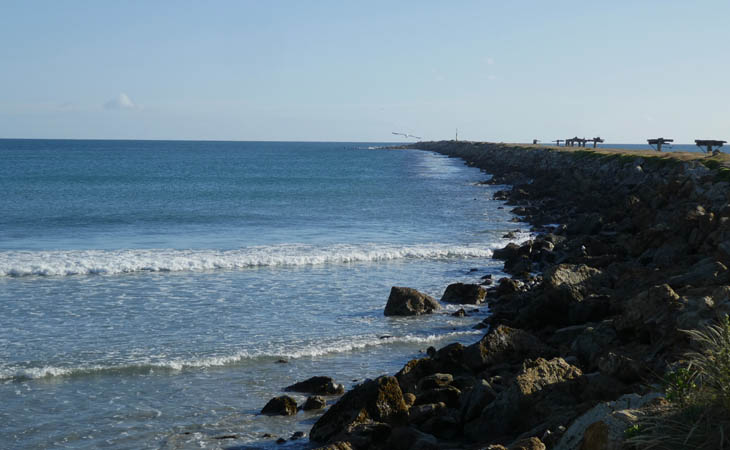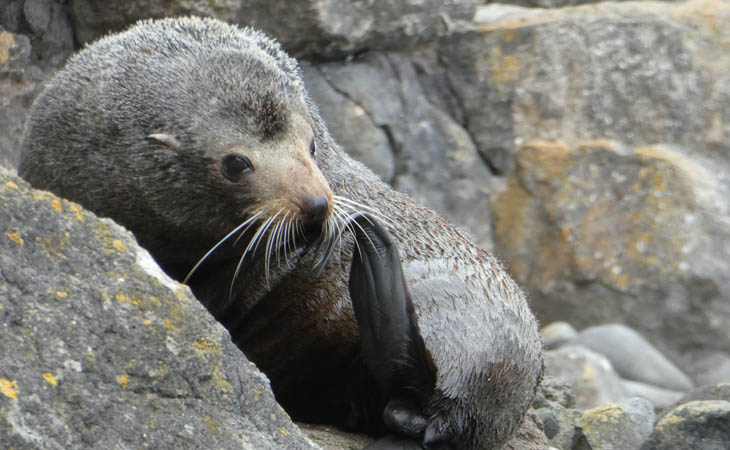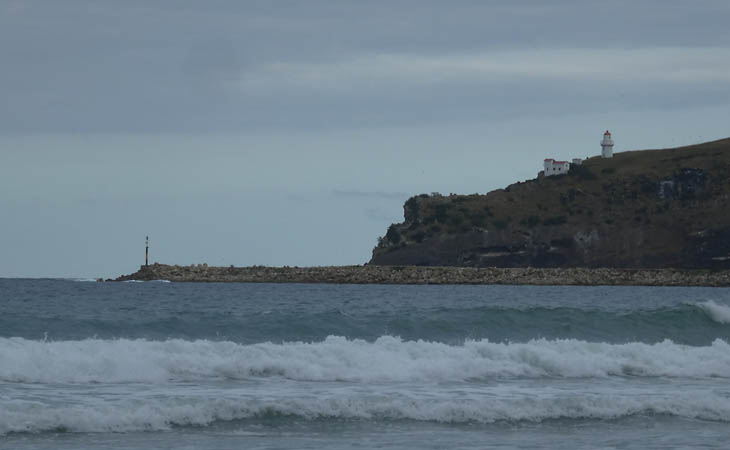South Island 2017
After five years in the north island, the bus finally found its way back to the mainland. These photos are of our southbound journey, which was one part road trip and one part soul journey.
Arriving in Picton just on dusk meant a picnic dinner on the ferry, and then stumbling along in the dark to the doc camp east of Picton.
Our first nights we just spent "arriving", at a peaceful spot in the estuary called Whatamango Bay, watching the tide ebb and flow.
With the bus now equipped with 4G mobile wifi we were surprised to get reasonable internet, even in picturesque out of the way places like this. I could sit at my desk and tidy up stray computer tasks to views like this. Every single day.
After a radical reorganisation of the bus contents, we headed west to Tasman Bay. This image is McKee Beach near Motueka. The Nelson area is quite busy, but you can readily see what people like about it.
Having really agonized over whether to go to Golden Bay this trip, (because of the risk of getting stuck there), we eventually compromised on two nights at Cape Farewell and two at Rainbow Valley. This was taken just after dawn at Wharariki Beach.
With its iconic rocks with holes.
Rainbow Valley seems to draw me back and back, its a tranquil oasis nestled in one of the biggest national parks in the country, and yet just 6kms to Takaka. This shot is of their swimming hole with its crystal clear water. The trip was blessed with the warmest driest and summeriest November weather i can ever remember, so swimming was to be a standard feature of our days. Takaka just seems to get nicer and nicer with each passing year, and just about every person you meet on the street, youd like to stop and have a conversation with.
I was kinda determined not to repeat the standard route through the island, and vowed from the get go to find places i'd never been. Lake Daniels has been on the bucket list since i was old enough to read a map.
This in on the way back from the lake, its a natural feature nicknamed the sluice box.
These little fungi appeared to grow in the trees and fall on the ground around us at Marble Hill.
I believe we spent a few nights at Marble Hill, just watching the light change. This was one of the few places we had to actually change the sim card in the router to get a signal. Oh the hardship. The aerial on the roof meant we could get data even though our phones wouldnt work.
This was taken from the moving bus as we journeyed through the beech forest over the Lewis Pass. Since the earthquake the Lewis road is no longer the quiet backwater it usually is. It now carries all the truck traffic from route one. The road is in a shocking state with road works every half hour.
After all that we stopped for a night at Balmoral Forest. On the trip we tried to alternate mountains and beachs, to suit us both. Until the other got withdrawal symptoms then we'd have to move again.
Then a night at Amberly beach with its stones and laid back feel.
The Lumix TZ81 with us on this trip has an extraordinarily long 700mm zoom. Moonshots are its thing.
Amberly beach again. Pondering the meaning of life.
Our visit to Christchurch consisted of a trip to Piko, and getting frustrated trying to navigate the port hills summit road. Despite the passage of 6 full years since the earthquake most of the port hills roads are still closed. Well many... well... all the ones we needed. We drove around in ever widening circles eventually finding a route over Dyers Pass.
Pigeon Bay is a gem of a place to while a few days, and with its very own micro cell site, 40 megabits down, 20 up.
The port hills and Akaroa area comprise a pair of large old volcanoes. The drive around the crater rims is a must do experience in this life.
The obligatory trip to Akaroa for the foreigner to go swim with the Hector Dolphins "the only place in the known universe where you can swim with Hectors".
Footprints in the harbor silt, and the warmest place we swam to date.
Peter remembers to do some Iyengar... sometimes.
Pigeon Bay is a bit of graveyard for dying caravans, but was still one of the places we found ourselves dwelling.
Now full moon.
Its another stony bay, but awful pretty, and the campsite right on the water. Just the way we like it.
And on Sunday, a local sailing regatta, and High Tea at noon.
But as with so many spots we went the bonus came in unexpected places. Lake Forsyth, i initially assumed to be a harbor, is in fact a fresh water lake. And just teaming with birdlife. I'm sitting at the computer and every time i look up a different bird appears. These are crested grebes with their decidedly odd headgear.
The sunset there was the start of many good ones to come.
For our weekly day walk (and place we've never been) we headed up to Packhorse Hut, a beautiful old stone hut high in the Akaora hills.
Its really hot going, and were glad be to be up and back before lunch.
This is the view from the hut, looking towards Lyttleton and Diamond Harbor.
Our next dose of shallow freshwater lakes came at Lake Ellesmere and the wonderful Lakeside camp there. Where we stayed a couple of nights to catch our breath. After so many stunning beautiful campsites this was just one more. The lake changes from wavy and windswept to subdued and teaming with life. The dawn here is just incredible.
By the way, dawn is at 4.30am, so the south is not for the non-early-risers of the world.
Sitting real still in the grass, i captured a series of images of a white faced grey heron as it came nearer and nearer.
And the light got brighter.
Its a photographic spot for sure.
And this shot is of the ever shy Royal Spoonbill, taken from about 500m away. They scuttle about in a very odd manner.
So, overdosed of the coast its time to head to Central Otago. Making a stop to say hello to Waihi Bush on the way, and you'll be pleased to know that Cafe Verde is still there and still awesome. Lake Pukaki was the place that drew us, with its super quiet super expansive camp sites along the SE shore line. The lake level was low after a full month without rain.
The obligatory pilgrimage to Mt Cook, 24 hours as i recall, the shortest visit ever.
In search of some quiet we hung out at the Tasman terminal lake.
Because White Horse was quite the circus. We had arrived early to make the climb to Sealy Tarns, at which time there were only a few cars, but by the time we returned i reckoned that there were 1000 vehicles parked within a 200m radius of us.
Someone needed to see the sea again, so we headed down the Waitaki to spend a few nights at Waihoa Box, a charming, and quiet hideaway, with endless stony beaches to wander.
Random lone California Poppy growing on the beach.
And a freshwater wetland / dammed river outlet for the seagulls to hunt in. The "box" is a wooden tunnel that the farmers built over 100 years ago to allow the river to drain to sea, to prevent their farms from periodically going underwater.
Then heading south. We stretch the legs at Moeraki... again early to get a jump on the crowds.
The plan then being basically to try to repeat my 2005 "best one day out" on the Otago Peninsular. Wasn't to be. Starting at Sandfly bay, the Yellow eyed penguins we saw neither at dusk or the following dawn. Honestly i don't know how any flightless bird can ever get a moments peace with all of us tourists tromping up and down the beach. And they still allow dogs on the beach... unbelievable.
Its a windy, cold Dunedin day.
Yup. Apparently Sandfly Bay is so named because of the way the sand flys along the beach.
What i was calling generically seals, turns out to be a mix of NZ Fur Seals and NZ Sea lions. The latter were hunted nearly to extinction, but are now making a come back. The ones we see laying on the rocks tend to be sleepy, resting, old, sick, whatever. I guess.
This is the new unofficial hide at Sandfly bay, i couldn't find the proper hide that was here last time, or maybe its gone. You have to stay out of sight or else the penguins will not cross the beach.
We had a nice time at Allan's beach, mostly watching the kelp and the tourists. These Pied Stilts were in foraging in the harbor on route.
At the east end of the bay is a rocky chute where the kelp swirls and swishes in a rather spectacular fashion.
Ditto.
There are signs literally everywhere saying to stay at least 10m away from the seals. "Two car lengths". Americans.
The albatross colony was another circus of tourists feeding the seagulls, and the albatrosses were anyway busy sitting on their nests. Pilots bay was closed for some arbitrary road works. We just really needed to get out of here and go find somewhere quiet.
Our salvation came from across the harbor, the spit, breakwater and beach all beckoned.
My 'albatross' time was spent photographing the gulls soaring around the cliffline.
Its quite a trek all the way around the harbor to Aramoana, and when we arrived it was raining. Our first real rain on the entire trip. A family of three in their Jucy camper, had nine days in NZ and they decided to spend one of them walking in the rain to find penguins.
So assuming they knew something, we got going at 5.15am and chanced upon the most perfect spot to hide in the rocks, and were truly blessed to witness 2 full hours of Yellow eyed penguin domesticity.
Three or 4 pairs just slipped quietly into the sea, while a single pair stuck around, grooming, swimming, walking, digging, courting and what not.
As we sat barely moving a muscle, with the wind in our favor, they came closer and closer to us.
That beach also has a hole on the rock. And also allows dogs on the beach. As a friend said NZ seems unable or unwilling to save this species, which is thought to be the rarest penguin species in the world, with their numbers now down below 250 breeding pairs.
The beach has a great view of the lighthouse at the Albatross colony. The bus is literally parked on the breakwater. You couldn't be any closer to the ocean without literally being in it.
The breakwater is just part of a large ongoing system of man made features that keeps the harbor safe for shipping. They also dredge the harbor daily.
Just about always our attempts to explore the rocks and the coast beyond, tended to get thwarted by the ubiquitous sleeping sealions. It wasn't my secret beach beyond, nope, it was their secret beach beyond. Thus far, and since, unbothered by humans.
After a couple of nights here we are really really nature saturated and decide to go spend a few days in... Gore. Why Gore? We had never been there before.
2017-12-23
www.zoneblue.nz/cms/page.php?view=south-island-2017
Summary
Three months in the summer of 2017/18 reconnecting with the mainland, and finding beauty inside and out.
Mountain Imagery
- South Island 2005
- Taranaki Landscapes
- Taranaki Landscapes 2
- Taranaki Landscapes 3
- Ruahine Landscapes
- Taranaki Landscapes 4
- Taranaki Landscapes 5
- Taranaki Landscapes 6
- Tongariro Landscapes 1
- Tongariro Landscapes 2
- Tongariro Landscapes 3
- Canterbury Landscapes 1
- Motatapu Track
- Pyramid Route
- Kiri Track
- Winter Round The Mountain
- Tongariro Landscapes 4
- Ruapehu RTM
- South Island 2017
- South Island 2017 B
- South Island 2018
- South Island 2018 B
- Molesworth
- Sudden Valley
- South Island 2019
- Mt Fyffe Traverse
- North Island 2020
